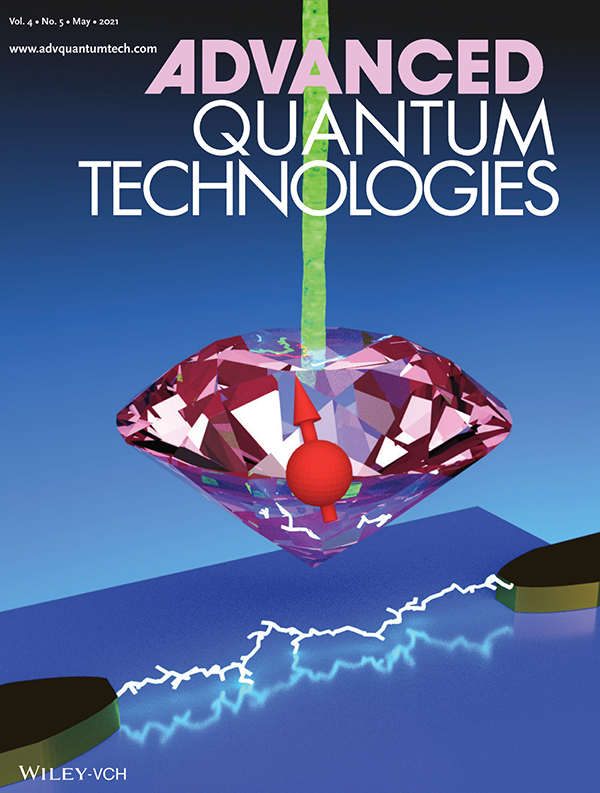
Diamonds Are a Physicist’s Best Friend
Imperfections in jewels used as sensors for new quantum materials
Published Date
By:
- Mario Aguilera
Share This:
Article Content
Defects found in diamonds are typically received as unwelcome news to the discerning jewelry shopper. But for some physicists, diamond imperfections offer a new opportunity to push the boundaries of futuristic devices that could become the backbone of tomorrow’s computers.
UC San Diego Department of Physics Assistant Professor Chunhui Rita Du is a condensed matter experimentalist whose research takes advantage of impurities in diamonds. Du’s research group leverages the red, yellow and blue colors that result from diamond defects to develop sensors that can evaluate the properties of specialized materials down to the nanometer level.
Precision at such an ultra-miniscule scale is required to investigate materials needed for a new era of computing and storage since today’s devices are rapidly approaching their capacity limits. New quantum materials are exotic substances that are allowing scientists to create such novel technologies at previously unseen scales.
“Neuromorphic computing, which mimics brain functions, can perform information processing with much less energy, and is faster than regular computers which use binary digits,” said Ivan Schuller, the director of a Department of Energy funded, Energy Frontiers Research Center.
Du, Schuller and their colleagues have published new research that demonstrates how diamonds can be used to investigate the nanoscale properties of Mott materials being used to develop neuromorphic computing circuits. In a recent paper published in Advanced Quantum Technologies, they used nitrogen impurities within diamonds as a nanoscale quantum probe to measure the local temperature and magnetic fields.
“The key question is whether we can develop devices that consume much less power,” said Du. “With the tools in my lab we can use diamond nanostructures and their red color centers as very sensitive sensors to measure the electrical behavior of these new nanoscale materials. We can also measure temperature by positioning the diamond sensor very close to the materials and use the change of the diamond lattice constant in response to thermal variation.”

Credit: Gerald Yan
Du said these quantum materials are highly controllable, and her diamond sensors could become an important guiding tool to optimize their properties.
“The diamond sensor has clear applications in material science studies,” said Du. “In principle, we could apply the same technique to biology—to measure the temperature of a living cell, for example—or chemistry to investigate chemical reactions.”
Surprisingly, the defects are the physicist’s best friend.
Coauthors of the paper include: Nathan McLaughlin, Yoav Kalcheim, Albert Suceava, Hailong Wang, Ivan K. Schuller and Chunhui Rita Du. Gerald Yan designed the accompanying image for the Advanced Quantum Technologies cover.
Funding for the research was provided by the Air Force Office of Scientific Research (FA9550-20-1-0319) and its Young Investigator Program (FA9550-21-1-0125); the U.S. National Science Foundation (ECCS-2029558 and DMR-2046227); the neuromorphic aspects were funded by the Quantum Materials for Energy Efficient Neuromorphic Computing (Q-MEEN-C), an Energy Frontier Research Center funded by the U.S. Department of Energy Office of Science, Basic Energy Sciences (DE-SC0019273); YK is recipient of the Norman Seiden Fellowship for Nanotechnology and Optoelectronics.
Share This:
You May Also Like
Stay in the Know
Keep up with all the latest from UC San Diego. Subscribe to the newsletter today.


